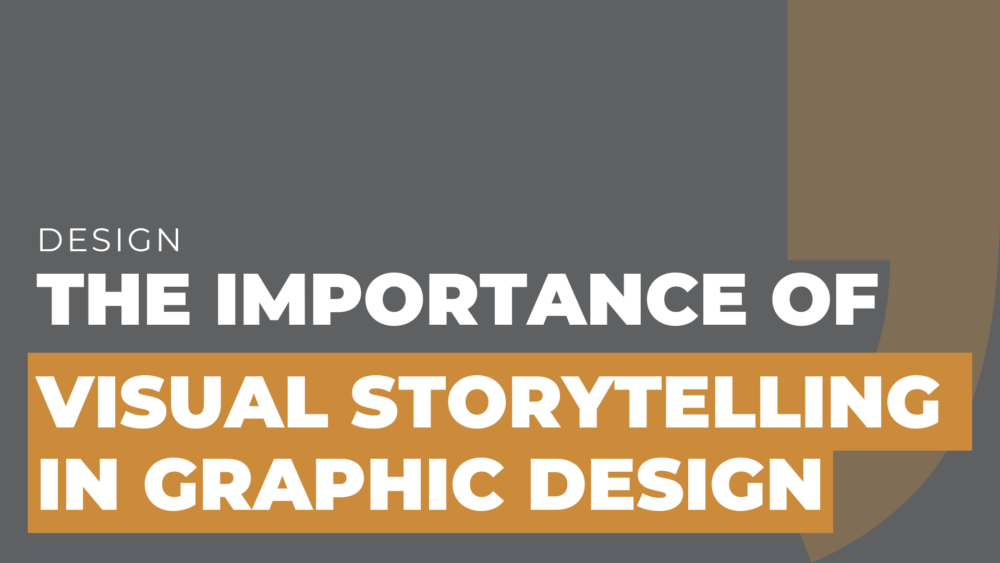Did you know that over 70% of consumers are more likely to engage with brands that use compelling visuals?
The importance of visual storytelling in graphic design lies in its ability to connect with audiences on a deeper level, foster loyalty, and bring a brand’s message to life in a powerful way.
In 2025, visual storytelling continues to evolve, driven by technological advancements and shifting consumer preferences.
This article explores how marketing directors can leverage graphic design trends to create impactful campaigns that resonate with their audiences.
By blending meaningful narratives with striking visuals, businesses can create lasting impressions that drive engagement and loyalty.
Enhancing Brand Narratives Through Visual Storytelling
A well-told visual story is more than just pretty pictures; it’s a strategic way to evoke emotion, spark curiosity, and reinforce your brand identity.
Take Coca-Cola’s holiday campaigns, for instance.
By showcasing a warm bottle of Coke shared around a dinner table, the brand ties joy, family, and celebration to its product, creating emotional connections that stick.
For marketing directors, visual storytelling provides an opportunity to humanize their brand.
Imagine an eco-friendly campaign that highlights before-and-after visuals of a clean ocean or a thriving forest.
Adding elements like testimonials or user-generated content amplifies the message, making it more relatable and impactful.
Key features of effective brand storytelling include:
- Emotional Connections: Use visuals to resonate with your audience’s values and experiences.
- Authenticity: Incorporate real-life scenarios to build trust.
- Relatability: Create narratives that your audience can see themselves in.
These strategies ensure that the story a brand tells builds both loyalty and trust over time, leaving a lasting impact.
Crafting Effective Marketing Campaigns with Visual Storytelling
Integrating storytelling into your graphic design strategy doesn’t have to be complicated. Simplicity, when paired with thoughtful design, is often the most effective approach.
Actionable Tips for Crafting Campaigns
- Simplify Your Visuals: A single compelling image often communicates more effectively than an overcrowded layout.
- Leverage Emotional Resonance: Align visuals with your brand’s values to evoke meaningful emotions.
- Incorporate Dynamic Formats: Consider using videos, GIFs, or AR elements to engage viewers interactively.
Take inspiration from Airbnb’s campaigns.
By highlighting real traveler stories paired with striking imagery of homes and experiences, Airbnb creates an emotional connection that resonates with its audience.
For example, motion graphics that animate the journey of a traveler can turn a static image into a captivating narrative.
Marketing directors can also embrace emerging technologies like augmented reality (AR) or virtual reality (VR) to create immersive experiences.
A cosmetics brand, for instance, could use AR to let users virtually try on makeup, offering both functionality and a storytelling angle.
Maintaining Consistency in Visual Storytelling
Consistency is the backbone of effective visual storytelling.
It ensures that every creative decision aligns with the brand’s overarching story, creating a unified experience across platforms.
Best Practices for Consistency:
- Uniformity Across Platforms: Use consistent colors, typography, and design elements.
- Recurring Visual Cues: Incorporate symbols or patterns that reinforce brand identity.
- Brand Style Guide: Maintain a detailed guide to ensure all teams follow the same visual standards.
For example, Coca-Cola’s global campaigns consistently use red and white as dominant colors, paired with signature typography.
This uniformity ensures instant recognition and builds trust with audiences.
To learn more about the role of style guides, check out our article: Why You Need a Style Guide for Your Brand.
Measuring the Success of Visual Storytelling
Visual storytelling isn’t just about creativity — it’s also about achieving measurable results.
Tracking performance metrics allows marketing directors to refine their strategies and improve their campaigns’ impact.
Metrics to Track:
- Engagement Rates: Monitor clicks, shares, and time spent on visual content.
- Audience Insights: Use tools like Google Analytics to determine which visuals resonate most.
- Conversion Rates: Assess how visuals contribute to customer actions, such as signing up or making a purchase.
Surveys and direct feedback can also provide qualitative insights, offering a deeper understanding of how your audience interprets your visuals.
For example, a brand may learn that its use of vibrant colors resonates more with younger demographics, allowing for targeted adjustments.
Best Practices for Visual Storytelling in Marketing
To maximize the impact of visual storytelling, marketing directors should prioritize collaboration, innovation, and adaptability.
Here are some actionable steps:
- Collaborate with Designers: Share data, audience insights, and goals to align creative visions.
- Avoid Generic Visuals: Tailor visuals to reflect your brand identity and audience preferences.
- Embrace Feedback Loops: Regularly refine campaigns based on performance data and audience feedback.
For example, an Atlanta-based tech company might use visuals highlighting both cutting-edge technology and local landmarks to connect with its audience.
By doing so, they appeal to both global and community-focused consumers.
At the End of the Day
Every brand has a story to tell, and great design helps bring it to life.
At MOCK, the agency, we understand the power of visual storytelling and how it connects with your audience in meaningful ways.
Our direct-to-creative approach means you’ll work hand-in-hand with our team to craft designs that communicate your message and leave a lasting impression.
Let’s tell your story together!
- Website: https://mocktheagency.com/
- Phone: (470) 225.6814
- Email: hello@mocktheagency.com
- Address: 247 14th St NW, Atlanta, GA 30318


Comments are closed.